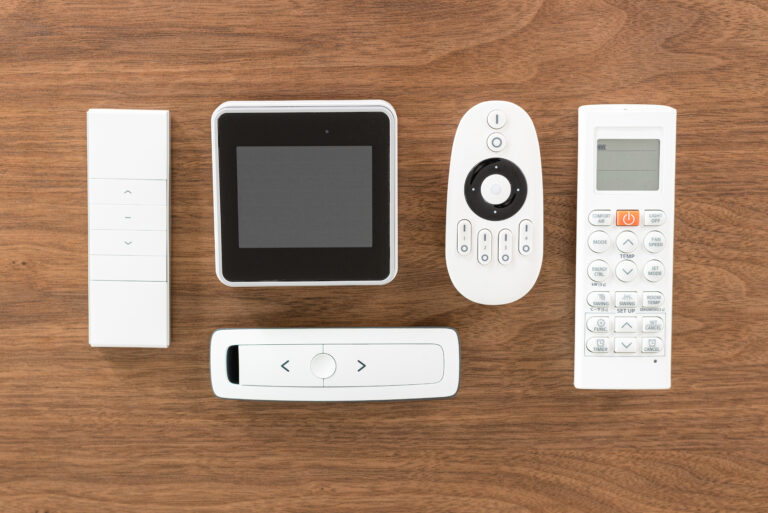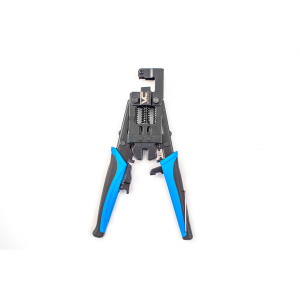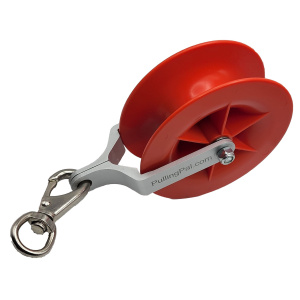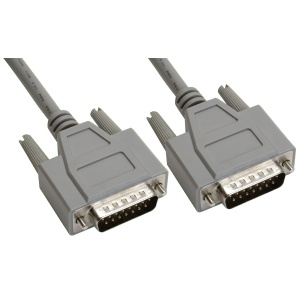
Introduction
In today’s world, home security has become more than a luxury—it’s a necessity. When safety and peace of mind are on the line, every home deserves a comprehensive, reliable alarm system. But who says you need to break the bank to acquire it? Enter the realm of DIY home alarm systems, where you don’t just save money, but also get the unique experience of crafting a security solution tailored to your exact needs.
Let’s dive in and unearth the ins and outs of building a DIY Home Alarm System.
Building a DIY Home Alarm System: The Basics
Before you jump headfirst into the process of crafting your alarm system, you need to understand the basics. What components make up an alarm system? How does it function, and what are its fundamental principles?
Components of a Home Alarm System
A DIY Home Alarm System primarily consists of the following components:
- Control Panel: The brain of your system that communicates with each component.
- Sensors: Devices that detect movement, door or window opening, glass breaking, etc.
- Alarm or Siren: Loud sound devices that go off when the system is triggered.
- Keypad or Interface: Used to arm or disarm the system.
- Backup Power Source: A secondary power source to keep the system running during power outages.
Functioning of a Home Alarm System
The working of a DIY Home Alarm System is fairly simple. The control panel is at the heart of it all, communicating with every sensor. When any sensor detects an anomaly (like a breach), it communicates this to the control panel, which then triggers the siren.
DIY Home Alarm System Vs. Professional Systems: Weighing the Pros and Cons
Is the DIY route for everyone? Perhaps not. It’s essential to understand the advantages and disadvantages of DIY and professionally installed systems before deciding which way to go.
Pros of a DIY Home Alarm System
- Cost-Effective: DIY systems are generally cheaper than professional ones.
- Customizable: You can tailor the system to suit your specific needs.
- Self-Reliant: You have complete control over installation, upgrades, and maintenance.
Cons of a DIY Home Alarm System
- Complexity: Setting up a DIY system can be complicated if you’re not technically inclined.
- Time-Consuming: It requires a fair amount of time to install and maintain.
- Lack of Professional Monitoring: Unlike professional systems, most DIY systems don’t come with round-the-clock monitoring.
Planning Your DIY Home Alarm System: The Blueprint
A DIY Home Alarm System isn’t built overnight. The secret sauce for the perfect system is thorough planning. Here are some steps to consider while planning your alarm system.
Assess Your Home
Identify your home’s vulnerable points—doors, windows, and any other potential entry points. The size of your house and the number of rooms can determine the number of sensors you’ll need.
Choose the Right Components
Different sensors serve different purposes. From door and window sensors to motion detectors and glass break sensors, choose the ones that best fit your needs.
Decide on a Control Panel and Interface
Consider where you’d like to place your control panel and keypad or touchscreen interface. The control panel should be placed somewhere hidden, while the interface should be easily accessible.
Building Your DIY Home Alarm System: Step-By-Step
Now that we’ve covered the planning stage, it’s time to roll up your sleeves and get to work. Remember, Rome wasn’t built in a day, and neither is a robust DIY Home Alarm System.
Step 1: Install the Control Panel
The control panel is your system’s brain. Choose a discrete and secure location to install it. Ensure it’s in range of your home Wi-Fi if it’s a wireless system.
Step 2: Install the Sensors
Install sensors at all identified vulnerable points. Follow the manufacturer’s instructions for proper installation.
Step 3: Install the Keypad or Interface
Choose a convenient location for your interface. It should be easily accessible, yet not too obvious to a potential intruder.
Step 4: Set Up the Siren
Your siren should be loud enough to alert both you and your neighbors in case of a security breach.
Step 5: Test Your System
Once everything is in place, conduct a thorough test to ensure all components are working correctly.
Maintaining Your DIY Home Alarm System
Building a DIY Home Alarm System is half the job. The other half is ensuring that it stays in top-notch condition.
Regularly Check Your Sensors
Check your sensors frequently to ensure they’re working correctly. Regular maintenance can help avoid false alarms.
Keep Your System Updated
If your system uses software, keep it updated. Regular updates often include bug fixes and new features.
Check Your Backup Power
Ensure your backup power source is always ready. Check battery levels regularly.
FAQs on Building a DIY Home Alarm System
1. Can I install a DIY Home Alarm System if I’m not technically inclined?
Yes, you can. Many DIY systems are designed to be user-friendly and come with comprehensive installation guides. However, the process might take more time and effort than it would for someone with a technical background.
2. Can I use my smartphone with my DIY Home Alarm System?
Yes, many modern DIY Home Alarm Systems offer smartphone integration. This feature allows you to monitor your system and receive alerts on your phone.
3. How much does a DIY Home Alarm System cost?
The cost varies greatly depending on the complexity of the system and the components used. However, it’s typically much cheaper than a professionally installed system.
4. Is a DIY Home Alarm System reliable?
Yes, a well-built and well-maintained DIY Home Alarm System can be as reliable as a professional system.
5. Can I upgrade my DIY Home Alarm System?
Absolutely! One of the advantages of a DIY system is its flexibility. You can upgrade or modify it as your needs change.
6. Will my pet trigger the alarm?
This depends on the type of sensors you’re using. Some motion sensors are designed to ignore smaller moving objects, so pets won’t trigger the alarm.
Conclusion
Building a DIY Home Alarm System may seem like a daunting task, but with the right approach, it’s a feasible and rewarding project. The key to success lies in meticulous planning, careful selection of components, and regular maintenance. Remember, the safety of your home is priceless, and a well-built DIY alarm system can go a long way towards ensuring that safety.












